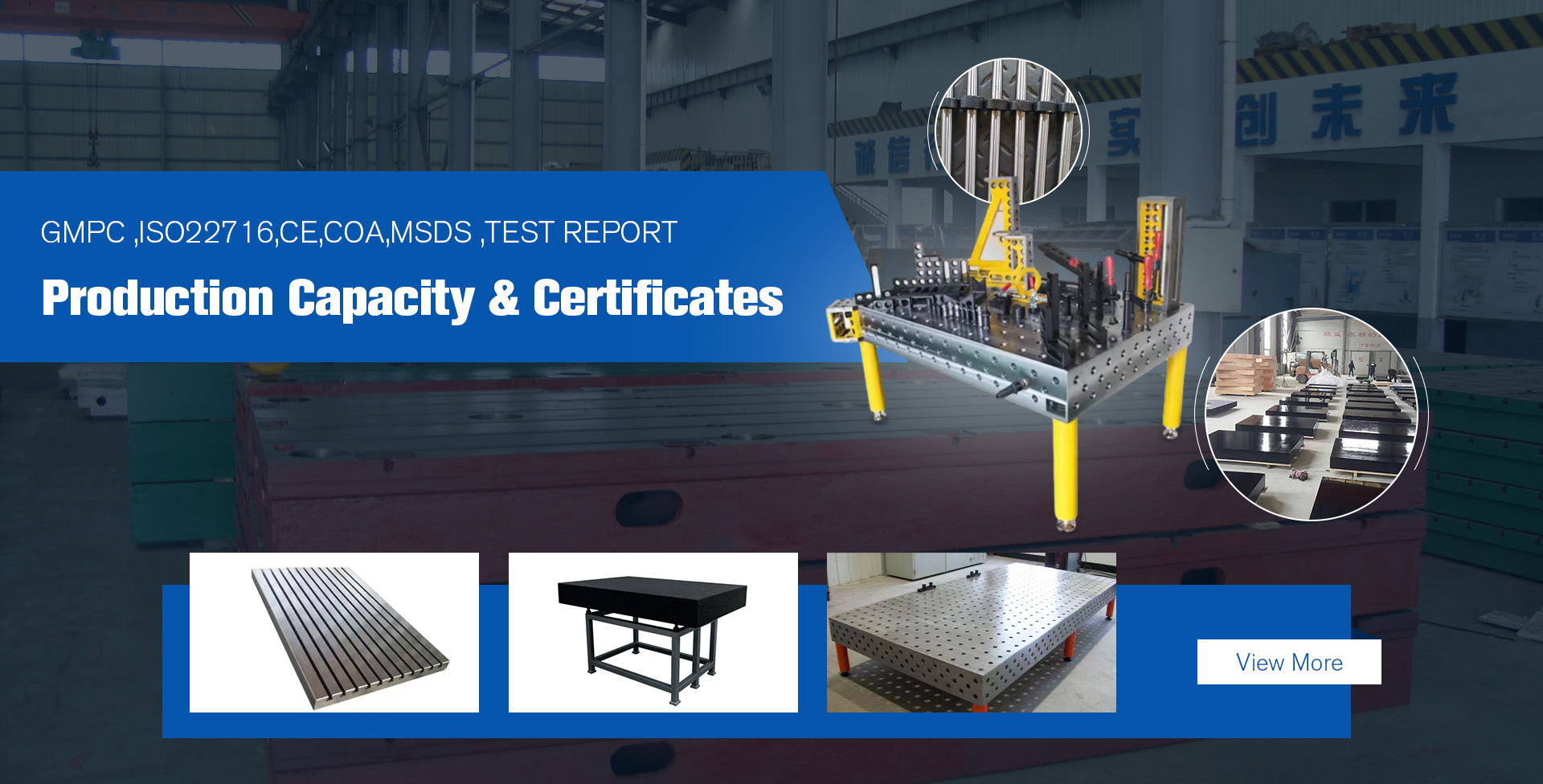nov . 25, 2024 08:31 Back to list
Innovative Solutions for Securing Small Ground Anchors in Various Applications
Understanding Small Ground Anchors Applications and Benefits
Small ground anchors are crucial components in various construction and engineering projects, serving as essential tools for stabilizing structures and controlling soil movement. These anchors are typically made of metal or synthetic materials and are designed to be installed in the ground to provide resistance against vertical and lateral loads. In this article, we will explore the applications, benefits, and installation techniques of small ground anchors.
What Are Small Ground Anchors?
Small ground anchors, also known as earth anchors or soil anchors, are devices used to secure structures to the ground. They can be classified into various types based on their design and function, including helical anchors, screw anchors, and driven anchors. Each type has its unique advantages and is suited for different applications.
Helical anchors consist of a steel shaft with helical plates that are screwed into the ground. This design allows for easy installation with minimal disturbance to the surrounding soil. Screw anchors also feature a screw-like design, enabling them to be rapidly installed in a variety of soil conditions. Driven anchors, on the other hand, are forcefully driven into the ground using a pile driver or impact hammer, making them suitable for high-load applications.
Applications of Small Ground Anchors
Small ground anchors find their applications in various fields, including
1. Civil Engineering They are often used in retaining walls, bridges, and slopes to provide stability and prevent soil erosion. Ground anchors can help secure these structures against hydrostatic pressure and lateral earth loads.
2. Telecommunications In the telecommunications sector, small ground anchors are used to stabilize towers and antennas. By anchoring these structures, they ensure their integrity against wind forces and ground settlements.
3. Construction Ground anchors are vital for temporary and permanent excavation support. They can be used to secure formwork and shoring systems, enabling safe construction of basements and underground utilities.
4. Transportation Small anchors can be utilized in highway and railway projects to stabilize slopes and prevent landslides, helping maintain the integrity of the infrastructure.
5. Landscaping and Erosion Control In landscaping projects, anchors are used to stabilize trees, fences, and other landscape features. They help control erosion on slopes and ensure the longevity of green spaces.
Benefits of Using Small Ground Anchors
small ground anchors

1. Enhanced Stability Ground anchors provide additional stability to structures, helping them withstand various loads and environmental factors. This is particularly important in areas prone to seismic activity and high winds.
2. Cost-Effective Solution Compared to traditional foundation solutions, small ground anchors tend to be more cost-effective. Their installation often requires less material and labor, reducing overall project costs.
3. Versatility Small ground anchors can be used in a wide range of soil conditions, from loose sand to dense clay. This versatility makes them suitable for diverse applications across different regions.
4. Quick Installation Many small ground anchors can be installed quickly, minimizing disruption to the surrounding area. This speed of installation is essential in urgent construction projects where time is of the essence.
5. Minimal Environmental Impact The installation of small ground anchors causes less disturbance to the existing landscape compared to traditional foundations. This is particularly valuable in environmentally sensitive areas where preservation is crucial.
Installation Techniques
The installation of small ground anchors generally involves several steps
1. Site Assessment Before installation, a thorough analysis of the soil conditions and load requirements is essential to select the appropriate anchor type.
2. Drilling or Driving Depending on the anchor type, installation may involve drilling holes or driving the anchors directly into the ground. Proper equipment and techniques are critical to ensure the anchors are placed at the correct angle and depth.
3. Testing and Tensioning Once installed, anchors are often tested for load capacity. After testing, they may be tensioned to ensure they provide the necessary resistance for the structure.
4. Backfilling and Finishing After installation and testing, the area around the anchors may be backfilled and finished to restore the landscape and maintain aesthetic qualities.
Conclusion
Small ground anchors are indispensable in modern construction and engineering projects. Their versatility, cost-effectiveness, and ability to enhance stability make them a preferred choice for many applications. As technology advances, we can expect further innovations in ground anchor design and installation techniques, enabling safer and more efficient construction practices. Understanding the importance and applications of small ground anchors can help engineers and builders make informed decisions for their projects, ultimately contributing to safer and more stable structures.
-
thread-plug-gauge-our-promise-of-measurement-excellenceNewsAug.22,2025
-
gauge-pin-class-reflecting-quality-legacyNewsAug.22,2025
-
check-valve-types-for-high-rise-buildingsNewsAug.22,2025
-
water-control-valve-for-irrigation-systemsNewsAug.22,2025
-
gate-valve-with-soft-seal-technologyNewsAug.22,2025
-
y-type-strainer-for-oil-and-gas-applicationsNewsAug.22,2025
Related PRODUCTS









